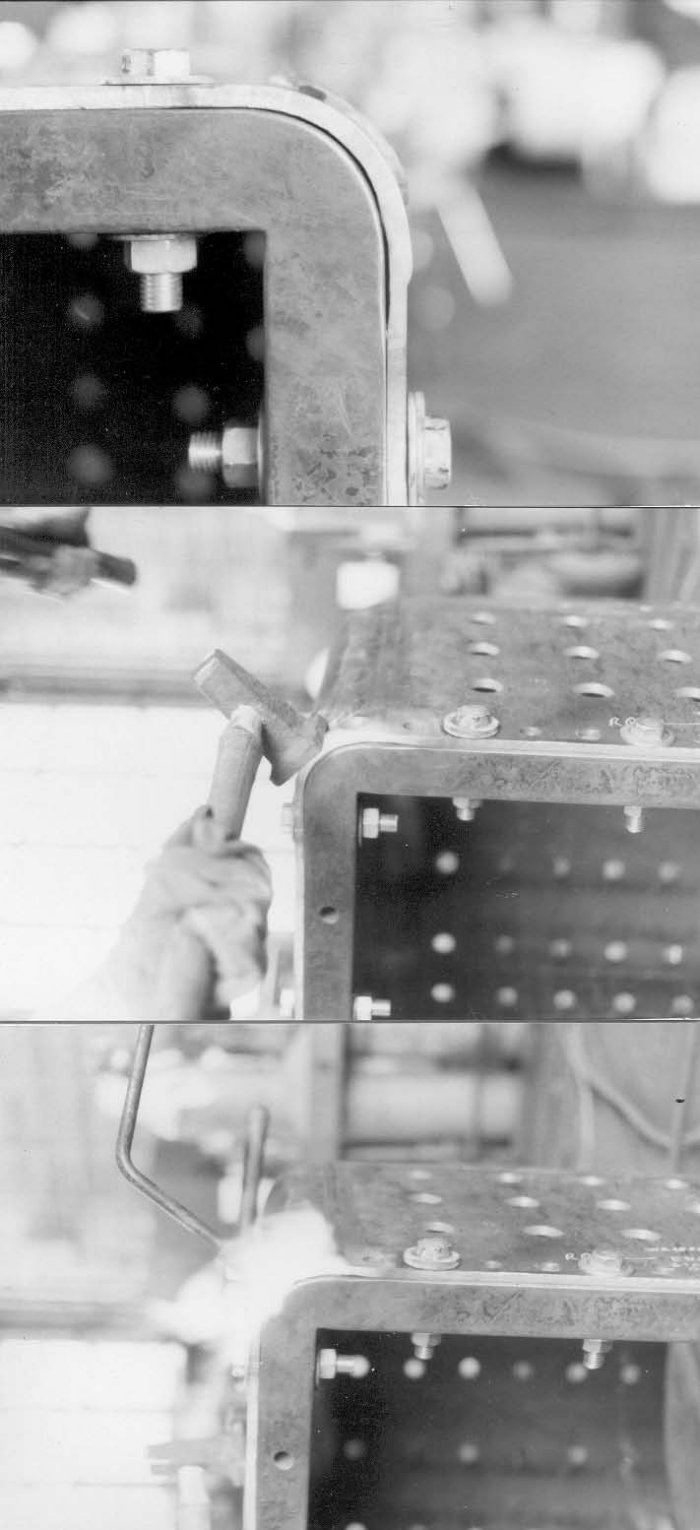| It is currently Fri May 23, 2025 7:05 pm |
|
All times are UTC - 5 hours [ DST ] |
Wavy Side Sheets
Moderators: Rick Rowlands, tomgears, Randy Hees
 
|
Page 2 of 2 |
[ 23 posts ] | Go to page Previous 1, 2 |
|
| Loco112 |
|
||
|
Joined: Tue Jun 26, 2007 12:00 am Posts: 554 Location: Dallas ,Texas. USA |
|
||
| Robby Peartree |
|
||
|
Joined: Wed Aug 25, 2004 11:16 am Posts: 767 |
|
||
| car57 |
|
||
|
Joined: Sat Jan 31, 2009 4:12 am Posts: 822 Location: cheyenne |
|
||
| Randy Hees |
|
|||
Joined: Sat Aug 28, 2004 1:15 pm Posts: 1486 Location: Henderson Nevada |
|
|||
| M Austin |
|
||||
|
Joined: Sat Feb 05, 2005 1:05 am Posts: 481 |
|
||||
| M Austin |
|
||
|
Joined: Sat Feb 05, 2005 1:05 am Posts: 481 |
|
||
| Robby Peartree |
|
||
|
Joined: Wed Aug 25, 2004 11:16 am Posts: 767 |
|
||
 
|
Page 2 of 2 |
[ 23 posts ] | Go to page Previous 1, 2 |
|
All times are UTC - 5 hours [ DST ] |
Who is online |
Users browsing this forum: Google [Bot], Majestic-12 [Bot] and 148 guests |
| You cannot post new topics in this forum You cannot reply to topics in this forum You cannot edit your posts in this forum You cannot delete your posts in this forum You cannot post attachments in this forum |

